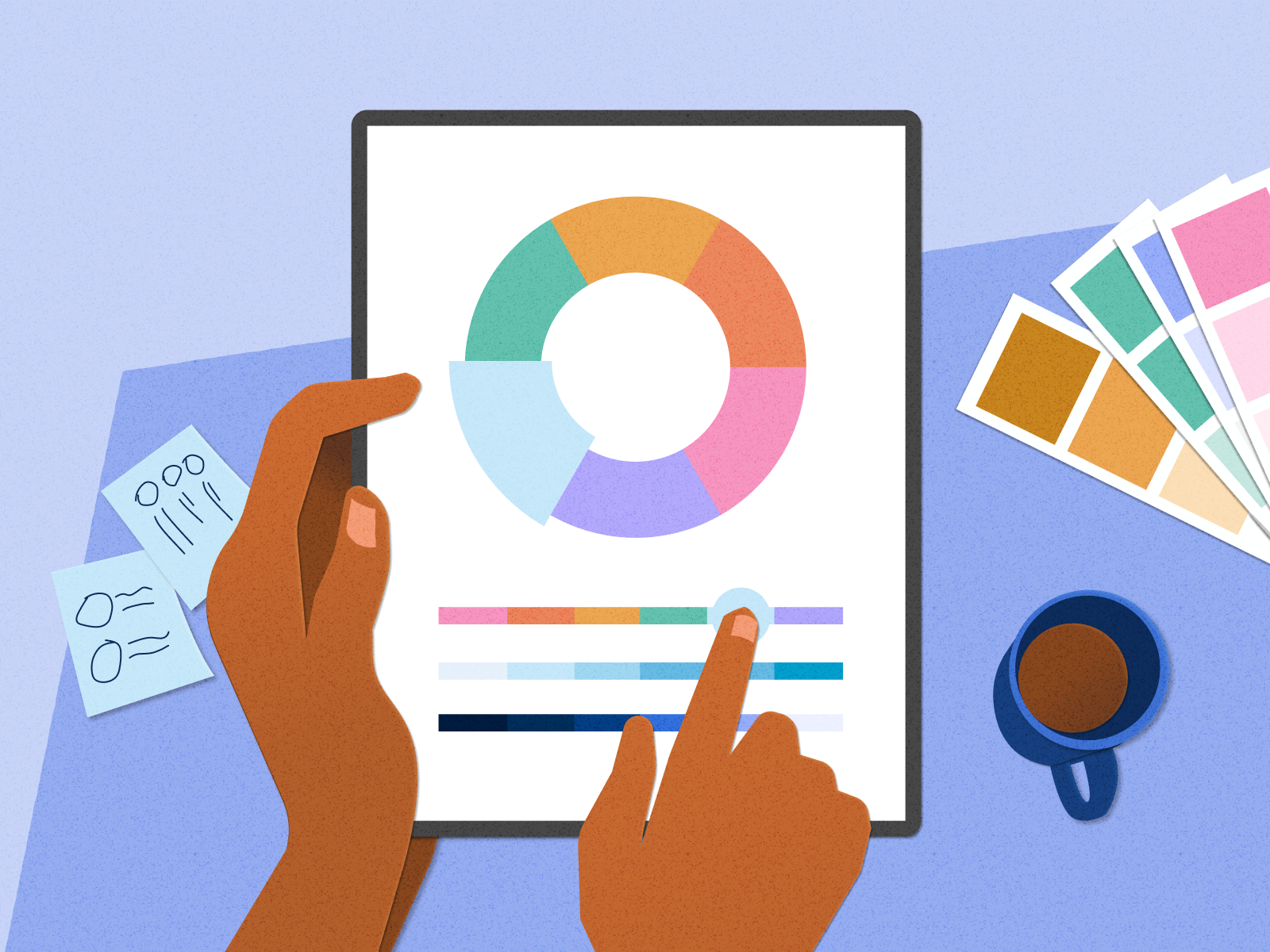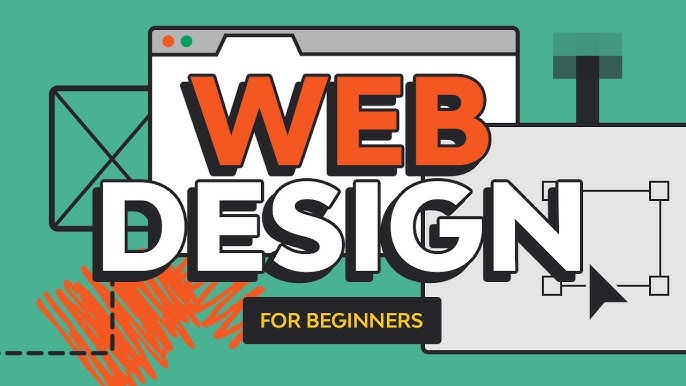The Finest Types of Web Layout to Boost User Experience and Interaction
In the ever-evolving landscape of digital communication, the efficiency of Web design substantially influences customer experience and involvement. Numerous layout techniques, such as minimalist, responsive, and interactive formats, each deal special benefits that can cater to diverse customer requirements.
Minimal Website Design
As electronic landscapes come to be progressively messy, minimal Web style has arised as an effective approach to boosting customer experience. This layout viewpoint focuses on simpleness, concentrating on necessary elements while removing unnecessary disturbances. By using sufficient white space, uncomplicated navigating, and a restricted color scheme, minimalist style fosters clarity and guides customer attention to key material.
The core principle of minimalist Web style is to produce a seamless communication for individuals. By reducing cognitive lots, customers can quickly realize info without really feeling overwhelmed. This straight approach not only boosts functionality but likewise motivates interaction, as visitors are a lot more most likely to check out a website that is aesthetically attractive and very easy to browse.
Additionally, minimalist style usually highlights typography and images, making use of these aspects purposefully to share messages efficiently. This concentrate on important elements can boost brand name identity and create an unforgettable user experience. Essentially, minimalist website design is not simply a fad; it is a thoughtful approach that acknowledges the significance of user-centered layout. By stripping away supplementary elements, designers can create a more engaging, reliable, and enjoyable Web experience for all individuals.
Receptive Web Style
In today's varied digital setting, responsive Web style has actually come to be necessary for creating a seamless customer experience throughout a wide variety of tools. As users access web sites on smart devices, laptop computers, desktop computers, and tablet computers, the capacity of a web site to adapt its format and web content to different display sizes and resolutions is critical.
Responsive Web style uses versatile grids, images, and CSS media inquiries to make sure that Web material exists ideally, no matter of the device used. This approach not just boosts the visual appeal of an internet site yet likewise substantially improves use. Individuals are most likely to engage with a website that uses a constant experience, as it eliminates the aggravation of needing to zoom in or scroll excessively.
By adopting responsive layout, companies can enhance their visibility and reach a more comprehensive audience. In summary, receptive Web design is an essential technique that enhances individual experience, involvement, and overall fulfillment.
Interactive Web Style
Receptive website design prepares for boosting user experience, however interactive Web layout takes this a step even more by involving users in a much more vibrant means - Aligned Position Web Design. By incorporating aspects such as animations, clickable models, and real-time responses, interactive website design captivates individuals, drawing them right into a richer surfing experience
This strategy not just fosters engagement however also urges customers to explore content actively rather than passively consuming it. Techniques such as gamification, where individuals make benefits for finishing jobs, can dramatically improve the time invested in a site and improve general fulfillment. Additionally, interactive attributes can streamline intricate details, making it much more digestible and satisfying.

Incorporating interactive style elements can likewise cause higher conversion prices, as customers are much more likely to involve with a website that proactively involves them. Aligned Position Web Design. Inevitably, interactive Web style changes individual experiences into remarkable journeys, making sure that site visitors return time after time
Flat Style
Identified by its minimalistic strategy, level design emphasizes simpleness and performance, removing away unnecessary elements and focusing on crucial functions. This design viewpoint prioritizes usability, guaranteeing that users can navigate interfaces easily and performance. By utilizing a tidy aesthetic, flat design removes the clutter usually located in much more find more info ornate designs, therefore enhancing individual concentrate on material and capability.
The characteristic of level layout hinges on its use vibrant shades, basic typography, and geometric shapes. These elements add to a visually attractive user interface that is both contemporary and approachable. In addition, flat design fosters a sense of clearness, permitting individuals to determine crucial activities and details without distraction.
Additionally, flat style is particularly efficient in responsive website design, as its simplicity translates well across numerous tools and display dimensions. The lack of elaborate appearances and slopes reduces packing times, which is critical for maintaining user engagement. As digital landscapes remain to progress, flat layout stays a pertinent choice for creating user-friendly web sites that improve total experience. By concentrating on essential features, flat style not just meets user needs but also encourages smooth communication, making it an important element of efficient website design approaches.
Adaptive Website Design
Flexible website design personalizes the user experience by producing several fixed designs tailored to different screen dimensions and gadgets. Unlike responsive layout, which fluidly adjusts a single format, flexible layout employs distinct formats for specific breakpoints, making sure optimum presentation on different systems. This approach permits developers to focus on the unique attributes of each gadget, boosting usability by providing exactly what customers require based on their context.
Among the key benefits of flexible website design is its capability to enhance tons times and efficiency. By offering customized content and pictures that fit the customer's tool, websites can decrease data usage and boost loading rates. This is especially beneficial for individuals with slower connections or restricted information strategies.

Additionally, adaptive style promotes a much more regulated and consistent branding experience. Because designers develop multiple designs, they can ensure that the aesthetic components align with the brand's identification throughout different platforms - Aligned Position Web Design. This leads to a cohesive individual experience, enhancing engagement and advertising customer retention
Verdict
Minimal style fosters clarity and focus, while receptive design ensures adaptability throughout numerous gadgets, advertising ease of access. Collectively, these layout comes close to add to the development of easy to use environments that not only boost contentment yet likewise drive higher conversion prices, emphasizing their important significance in contemporary Web style strategies.

Minimalist design fosters clearness and focus, while responsive style makes sure flexibility go right here throughout numerous tools, advertising accessibility. Collectively, these design approaches contribute to the creation of user-friendly environments that not only improve complete satisfaction but also drive higher conversion rates, underscoring their critical importance in modern Web style methods.